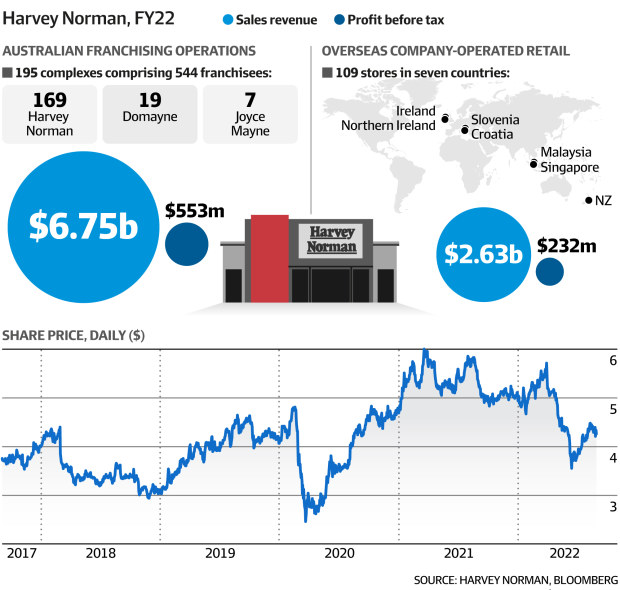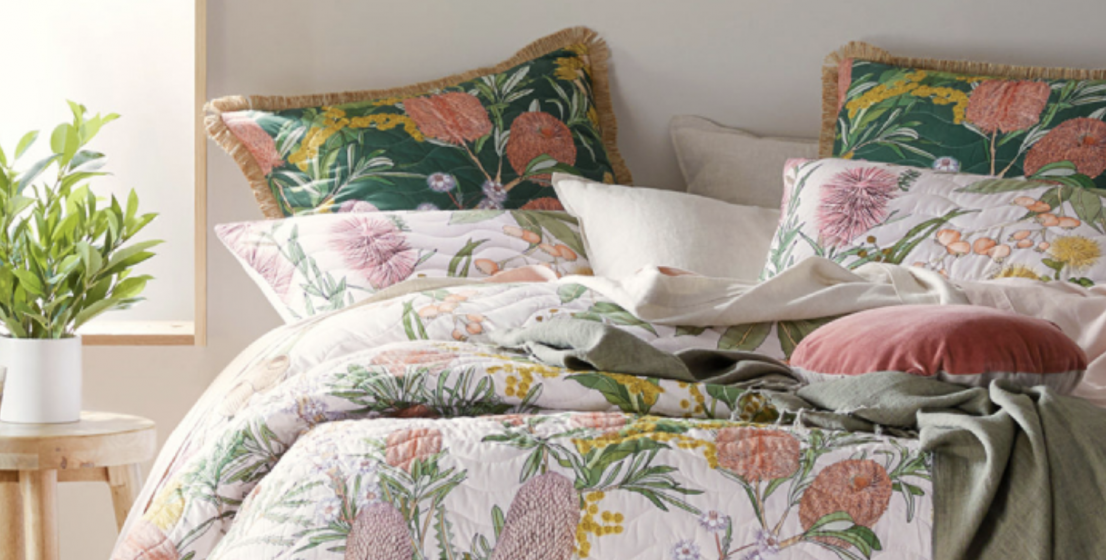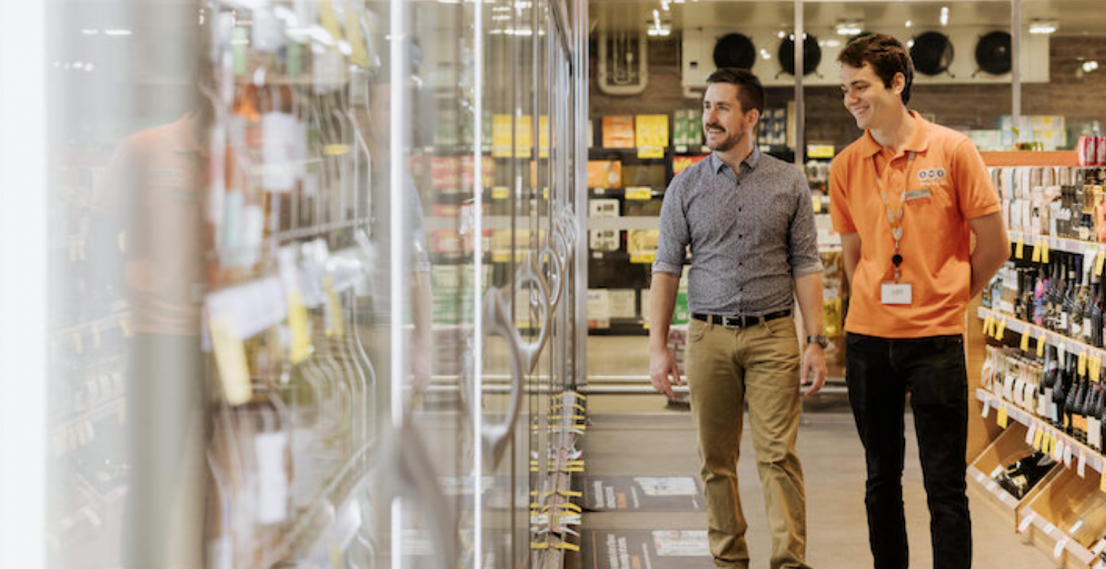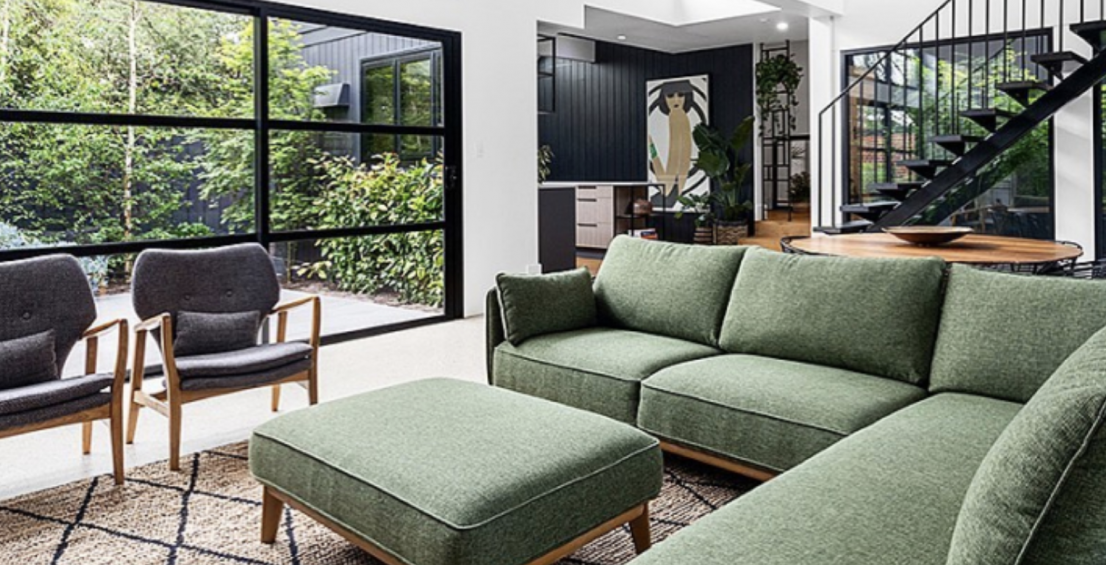
Rip Curl has revealed a host of ESG targets for 2025 and beyond, including extending its wetsuit recycling program and increasing the use of sustainable fibres.
Speaking with Ragtrader, Rip Curl’s environmental, social and governance manager Shasta O’Loughlin said the company’s product teams have already made strides in this process.
“By 2025 we aim to ensure a minimum of 50% of our products are using preferred sustainable fibres,” O’Loughlin said. “This percentage will increase year on year with aggressive yet achievable 2030 targets.”
“Sustainable practices have always been a part of our offering from the beginning, like offering great warranties, wetsuit and watch repair centers on-site to ensure our product will remain in use for as long as possible.”
Included with the targets, Rip Curl has outlined a number of circular fashion initiatives.
This includes upgrades to global repair centers which will extend product life on its wetsuit recycling program, as well as using 30% recycled materials on all polybags.
Rip Curl will move to 100% recycled materials on all polybags in the next 12 months.
The surfwear retailer will also move to ensuring all product trims are made from sustainable materials, which includes partnering with Arch and Hook for recycled ocean plastic hangers.
At a sourcing level, Rip Curl will ensure overseas partners are partnering with Higg Index for transparency and it will become a BCI Cotton member.
“These are just some of the many sustainable initiatives that expand our sustainable footprint offering an end-of-life solution to our customers," O'Loughlin said. “There is always more to be done and Rip Curl is dedicated to continuing to strive forward in this space.”
The sustainability challenge
While the pathway to sustainability can present challenges, O'Loughlin revealed there are specific hurdles for sportswear and performance brands.
“Generally, more sustainable practices come at a higher price and can often be to the detriment of performance,” O’Loughlin continued.
“We are currently dedicating our focus to finding innovative ways to ensure we meet our customer's expectations for performance and functionality along with being more sustainable.
“Unfortunately, the quickest and cheapest practice can often be the most wasteful. This is something we would like to avoid.”
Specifically in the sourcing of sustainable materials, the global surf brand has found that certain necessary materials do not offer much sustainable options.
“Polyamide and Elastane, which are the main fabric components in swimwear, have limitations with regard to supplier certifications. These fabrics are also not progressing as quickly as other materials in the sustainable space."
Despite these challenges, O’Loughlin said the brand is commited to find fibres and construction techniques that can be durable in salty and chlorinated environments.
“We continually strive to find solutions to the harsh demands of our environment.
“To do this we partner with ECONYL for our top performance (Mirage) and volume driving (Classic) ranges. The goal being to focus on durability and performance.
“We have also implemented LYCRA® XTRA LIFE™ and CREORA® Highclo™ across 90% of our collections to ensure maximum performance and long lasting materials with a lifespan significantly longer than regular Spandex."
O'Loughlin said being a sustainable business extends beyond just production.
“To truly be sustainable you need to support people and communities, embed circular principles into your design, and reduce operational waste, which will then reduce our company footprint to support our planet.
“Investing in community projects like Planet Day, working with Surf Rider for beach clean-ups and supporting grass-roots surfing events like the WSL, GromSurf and boardrider clubs is so important to our company by giving back to the comummites in which we operate.”




















